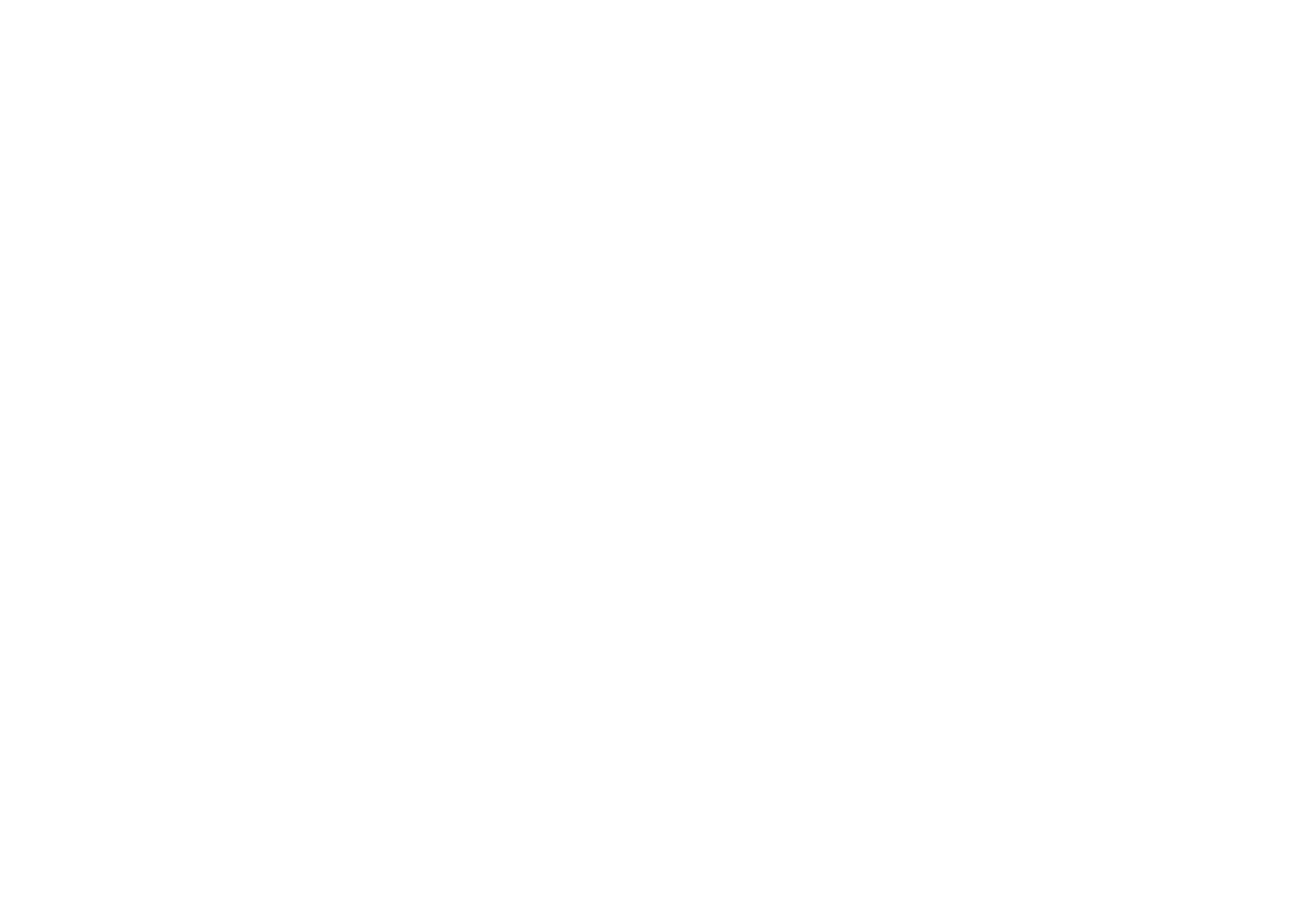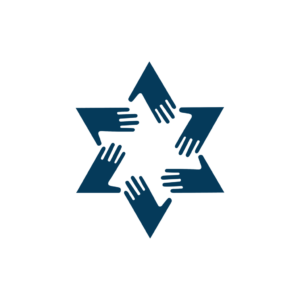This week we marked the 75th anniversary of the liberation from Auschwitz, and the Auschwitz exhibit on display at the Museum of Jewish Heritage downtown is an important one for us to engage with now. Seventy-five years later, what have we learned? What have we forgotten? We asked Rabbi Lenza to reflect on the TST group tour this past weekend.
There are fewer and fewer people alive who have actually experienced the Holocaust and can tell us about their experiences, and so the responsibility is on us to make sure that what happened in Auschwitz is not forgotten. It’s incumbent on every human being to understand what we are capable of when we are most terrible to one another. And at the same time, what we are capable of in endless compassion and generosity, too. The intersection of that happens in Auschwitz, because you have people who are so cruel and heartless, literally torturing and killing, and you also have people who risk their lives to save strangers and help each other survive.
The exhibit had a couple items I found particularly emotional, and at first they don’t seem remarkable necessarily. One was a small shofar that was smuggled in by a prisoner, who later escaped Europe and came to America, and every year he blows that shofar on Rosh Hashanah. The idea that someone would prioritize taking this ritual object, which clearly put him at great risk — something that made a lot of noise, something that could have gotten him sent to the gas chambers — that’s an act of resistance I really admire. I have two shofars in my office. It’s such a regular object for us. And we take it for granted that I can just have these out in my office on display.
The other object that was very emotional was a teeny, tiny kids’ shoe. And in that shoe, somebody who’d been with that child had tucked that child’s tiny little sock, because they expected to be putting that shoe back on that child. And clearly that didn’t happen. It’s just one shoe, out of literally millions of shoes. It’s that little act I’ve done for my nieces and nephews, and that I’ve seen parents do for their children. We take it for granted. Knowing it was maybe the last act of care that parent did for that child before they were both killed — that was very emotional.
Because I’ve studied this for a while, and I have a fair amount of knowledge and understanding of what happened, and I’ve visited several camps, including Auschwitz, I would think I’d be immune to some of it. But when you’re actually in that space, in the exhibit, it reopens those big questions of “How?” and “Why?” and “What would have happened to me? What would I have been able to do?” I guess I wasn’t necessarily expecting to feel all of that on this visit.
Our community in particular really prioritizes Holocaust education given the political climate we live in right now, where there’s so much partisanship and division. The Holocaust is one of those extreme moments in history, where division leads to dehumanizing people, which led to desensitization and treating people cruelly, which led to these acts of genocide and torture. From our community, I’ve heard over and over how important it is that we understand this part of our history, and understand it in the context in which we are currently living.

